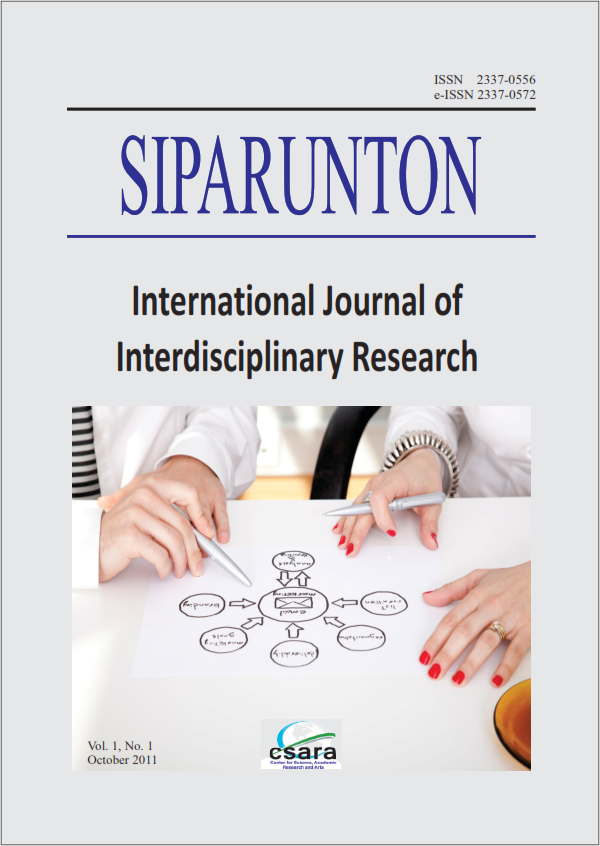LEGAL VACUUMS AND COLLISIVE NORMS IN THE LEGISLATION OF LOCAL GOVERNMENT OF REPUBLIC OF KOSOVO
Abstract
Abstract
Since the establishment of first local governments’ structures in 2000, legislation on this domain of power was characterized by a number
of legal vacuums and collision of norms, such as lack of experience in building institutions of local government according to new political
situations; UNMIK did not repeal legislation of communist era, Serbia’s legislation of ’90, and approval of legislation by UNMIK in form or
regulations. This system comprised of four systems of legislation has produced legal vacuums and collisive norms, by resulting in a
situation where functioning of local government structures was very difficult. UNMIK’s Regulation 2007/30 in many aspects has
sanctioned collisive norms, that didn’t define precisely relationship of local government structures in horizontal line and their relationship
with central government bodies- then PISG. Unfortunately, this legislative vacuum has followed the aftermath of Independence of Kosovo,
respectively, the Law on Self Governance 2008/03-L040 that doesn’t precise status of mayor of municipality as beholder of executive
power and head of administration, that is exercising his function according to competencies and authorizations of CEO during 2000- 2007.
As well, Law on Local Government Finances nr. 2008/03-L049 in some aspects is conflicting with Law on Management of Public Finances
nr. 2003/2 with not précised well norms. These vacuums and collusive norms are impacting organizational structure of executive
departments within municipalities, where there doesn’t exist any unique model for structuring the local administration. By not repealing
Regulation 2000/45 according to which the Municipality Assembly holds ten regular sessions during the year, it puts on the second plan
decision-making power of councilors of Municipality Assembly. By concluding these deficiencies, in the legislation of local government, it is
a time requirement amending these legal vacuums and harmonization of these collisive norms.

